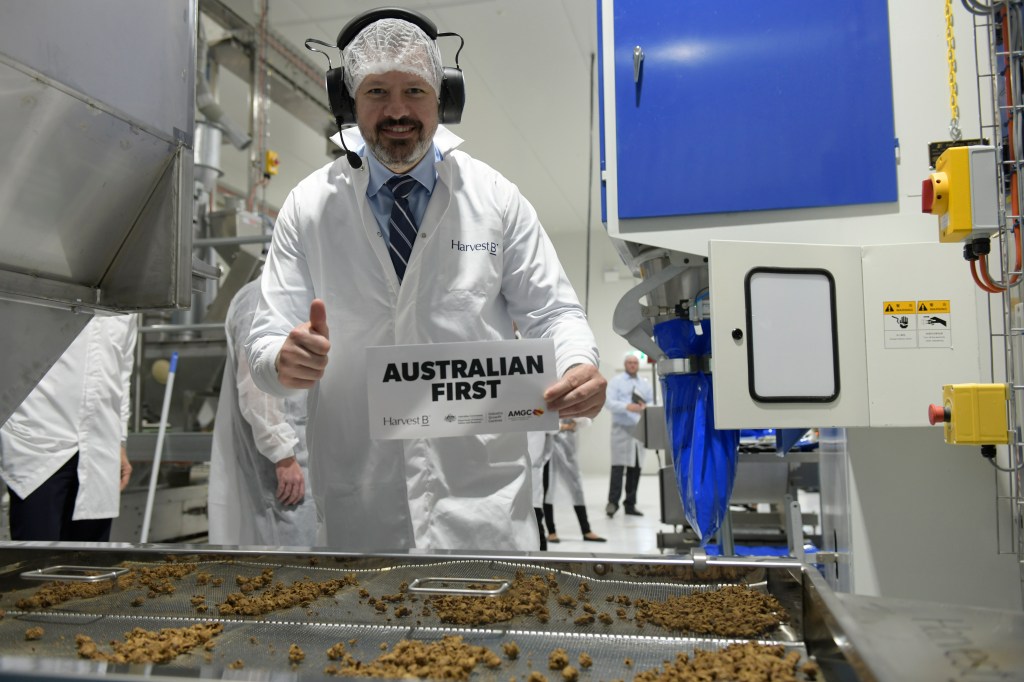The federal government’s National Reconstruction Fund (NRF) has passed through the senate, in what Minister for Industry and Science, Ed Husic, referred to as “one of the largest peacetime investments in Australian manufacturing.”
The Fund was designed to provide finance for projects that diversify and transform Australia’s industry and economy, with a focus on the following priority areas:
- renewables and low emissions technologies
- medical science
- transport
- value-add in the agriculture, forestry and fisheries sectors
- value-add in resources
- defence capability
- enabling capabilities
Following the NCF’s passing on 28 March, Minister Husic said “The most successful modern economies are built on strong, advanced manufacturing capability. The NRF will help deliver this for Australia.
“We are delivering on a significant election commitment that will position Australia as a maker of high value-added products and creating good secure jobs in the process.
“The NRF shows the government is serious about investing our human capital to keep Australian smarts on-shore,” Minister Husic said.

According to the Department of Industry, Science and Resource’s website, the government has identified $8 billion of the NRF’s $15 billion for the following areas:
- up to $3 billion for renewables and low emissions technologies
- $1.5 billion for medical manufacturing
- $1 billion for value-adding in resources
- $1 billion for critical technologies
- $1 billion for advanced manufacturing
- $500 million for value-adding in:
- agriculture
- forestry
- fisheries
- food
- fibre
Minister for Finance, Senator Katy Gallagher, said the Fund’s passing is an important step in keeping manufacturing – and related jobs – on Australian soil.
“After a decade of uncertainty, the National Reconstruction Fund will support Australian innovation and industry,” she said.
“More things being made here means more jobs for Australians.”

Innes Willox, chief executive of the national employer association, Ai Group, said the NRF will help Australian industries to seize opportunities in areas where we have demonstrated or potential competitive advantages, however its success will rely on a number of other key considerations.
“Ensuring that the workforce skills requirements will be met for businesses receiving funds will be central to the success of the NRF,” Willox said. “This will require close and effective consultation with Jobs and Skills Australia and other relevant agencies.
“The NRF is only one tool the government can use to encourage investment and diversification within Australian industry. Ensuring there is a viable pipeline of investment-ready Australian companies is fundamental to the success of the NRF as are strong and well-connected research and innovation ecosystems with a focus on keeping pace with global trends.
Modelled on the Clean Energy Finance Corporation, the NRF will be administered by an independent board.
Senate amendments will now return to the House of Representatives.
To stay up-to-date on the latest industry headlines, sign up to Future Alternative’s enewsletter.
Posted on:


